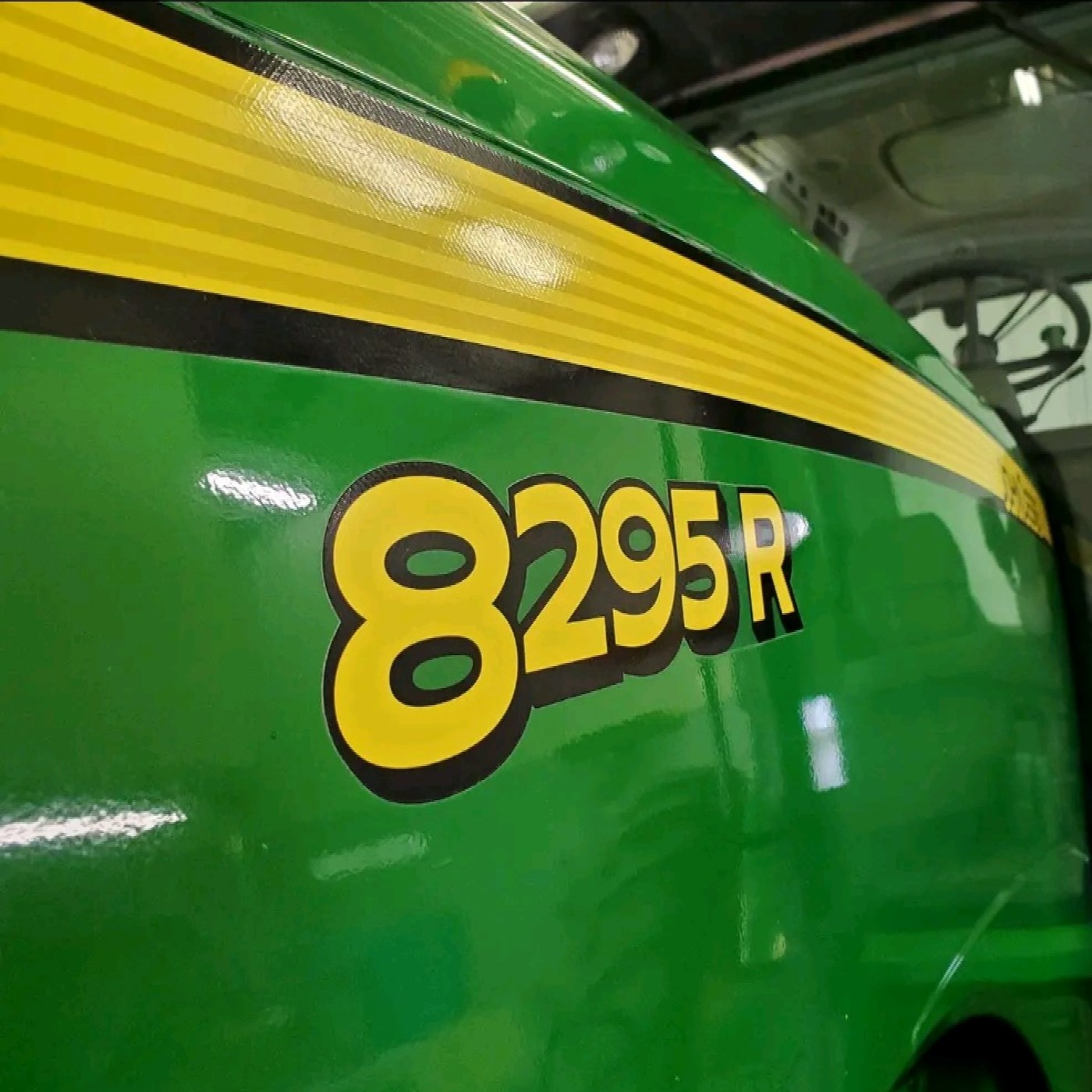
When is a good time to buy ground?

Straight Forward Farming
Deep Dive
Why is it difficult for young farmers to buy land today compared to previous generations?
Land prices have skyrocketed, making it nearly impossible for young farmers to afford. In the past, a young farmer could buy 80 or 160 acres with a house for a reasonable price, but today, land costs $10,000 to $15,000 per acre, and wages haven’t kept pace. Additionally, investors and urban development have driven up prices, making it harder for those without inherited land to enter farming.
What is the relationship between the economy and grain markets?
Historically, when the economy is bad, grain markets tend to perform well, and vice versa. For example, during the 2008 financial crisis and the COVID-19 pandemic, grain prices were high while the economy struggled. This inverse relationship suggests that farming can be a buffer during economic downturns, but it also means that when the economy is strong, grain markets may underperform.
Why do some farmers believe that grain bins are more of a liability than an asset?
Grain bins are seen as a liability because they primarily speed up the harvest process but don’t generate additional income. In fact, they can be costly to maintain and don’t necessarily improve profitability. Farmers often find that grain bins don’t help them make money beyond facilitating storage, and in some cases, they can lead to financial losses.
How do large-scale farmers manage to stay afloat during market downturns?
Large-scale farmers often leverage significant debt, which can make them 'too big to fail.' Banks may continue to support them even during downturns because their operations are critical to the local economy. Additionally, some farmers borrow enough that the debt becomes the bank’s problem, allowing them to weather financial challenges more effectively than smaller farmers.
Why is there skepticism about the sustainability of high cattle prices?
Cattle prices are extremely high due to low cattle numbers in the U.S., but there’s skepticism because importing cattle could quickly drive prices down. Additionally, cattle take a long time to recover in numbers, making the market vulnerable to sudden shifts. Farmers are cautious about investing heavily in cattle due to the risk of a market crash.
What challenges do farmers face with rising input costs and stagnant grain prices?
Farmers are dealing with rising input costs for things like fertilizer, fuel, and equipment, while grain prices have remained relatively stagnant. This squeeze on margins makes it difficult to turn a profit, especially for smaller operations. Despite higher yields, the increased costs often offset any gains, leaving farmers struggling to break even.
Why do some farmers believe that solar and wind farms are being built on prime agricultural land?
Farmers are puzzled by the placement of solar and wind farms on prime agricultural land, as it seems counterintuitive. They speculate that investors may be targeting high-value land for dual purposes—renting it to farmers while also generating income from renewable energy projects. This trend is seen as a threat to agricultural production and land availability.
How did the 1980s farm crisis impact land ownership and farming practices?
The 1980s farm crisis led to widespread foreclosures and bankruptcies as land values plummeted and interest rates soared. Farmers who could have sold land at higher prices were forced to hold onto it, only to sell at a loss later. This period reshaped farming practices, with many farmers becoming more cautious about debt and land investments.
What advice do experienced farmers give to young people considering farming as a career?
Experienced farmers advise young people to avoid excessive debt and focus on managing within their means. They also suggest that timing is crucial—buying land when prices are low and markets are favorable can set a farmer up for success. However, they caution that farming is unpredictable, and it’s important to balance ambition with financial prudence.
Why do some farmers believe that autonomous farming equipment will become the norm?
Autonomous farming equipment is seen as the future because it can handle large-scale operations efficiently. Advances in AI and technology make it possible for machines to perform tasks like planting and harvesting with minimal human intervention. While some farmers are skeptical, the trend toward automation is expected to grow, especially as labor shortages persist.
- Grain bins increase harvest speed but may not generate profit.
- Farmers express concerns about market manipulation and the financial resilience of large-scale operations.
- The question is raised about how large farming operations remain profitable during economic downturns.
Shownotes Transcript